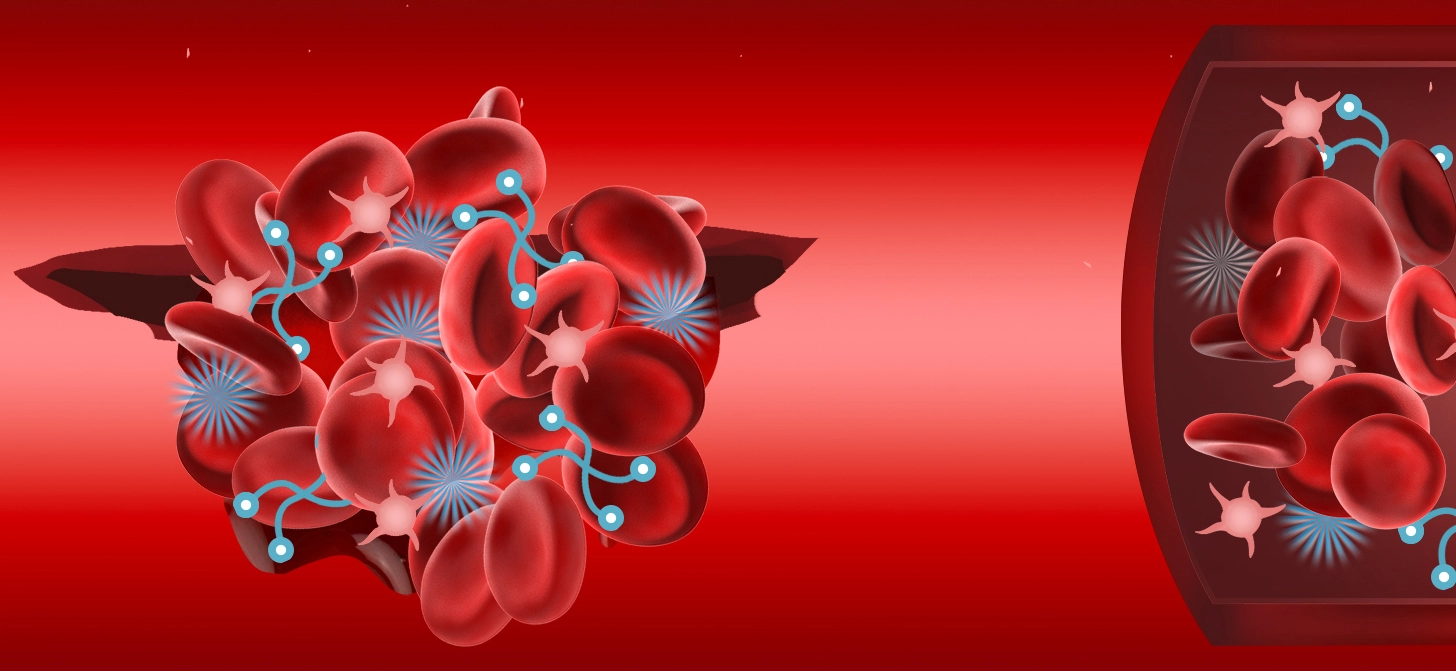
MIT Engineers have designed a two-component material that can be injected into the body to aid in the formation of blood clots in the areas of internal injuries.
According to researchers, these materials, mirror the way the body naturally creates clots, and could offer a technique to keep people with serious internal injuries alive until they can reach s hospital.
The findings, published in the journal Advanced Healthcare Materials, demonstrated that components—a nanoparticle and a polymer—performed substantially better in a mouse model of internal injury than previously established hemostatic nanoparticles.
The head of MIT’s Department of Chemical Engineering, a member of the Koch Institute for Integrative Cancer Research, and one of the senior authors of a paper on the study, Professor Paula Hammond said, “What was especially remarkable about these results was the level of recovery from severe injury we saw in the animal studies. By introducing two complementary systems in sequence it is possible to get a much stronger clot”.
Unlike prior developed hemostatic systems, the new technology mimics the functions of platelets—the cells that trigger blood clotting as well as fibrinogen, a protein that aids in the formation of clots.
A professor at MIT and a senior author of the study, Bradley Olsen said, “The idea of using two components allows selective gelation of the hemostatic system as the concentration is enhanced in the wound, mimicking the end effect of the natural clotting cascade”.
When internal injuries occur, platelets are drawn to the site and activate the blood clotting cascade, which results in the formation of a sticky plug of platelets, including fibrinogen.
According to the researchers, if patients are losing a lot of blood, they don’t have enough platelets or fibrinogen to form clots.
Engineers wanted to build an artificial system that would be helpful in saving people’s lives by replacing both of those clotting components.
They created a mouse model of internal injury. The researchers discovered that after being injected into the body, the two-component system was highly effective at stopping bleeding, and it worked about twice as well as the targeting particle on its own.
They created a system to achieve that with two types of materials: a nanoparticle that recruits platelets and a polymer that mimics fibrinogen.
Engineers used particles similar to those they reported in a 2022 research paper for platelet-recruiting particles.
Engineers said, “These particles are made of a biocompatible polymer called PEG-PLGA, which is functionalized with a peptide called GRGDS that allows them to bind to activated platelets”.
“Because platelets are drawn to the site of an injury, these particles also tend to accumulate at injury sites”, the Engineers added.
Also read: Study Shows A Handful Of Walnuts Daily May Boost Attention & Intelligence
To read more such news, download Bharat Express news apps


















